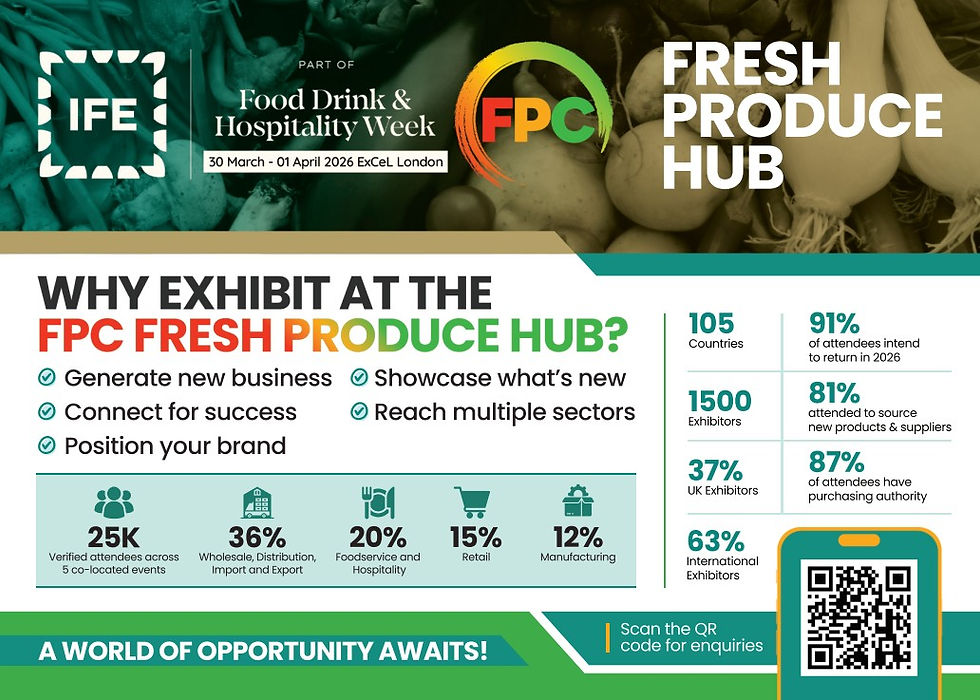Why What Happens in Scotland’s Potato Fields Matters to Everyone
- Sarah-Jayne Gratton

- Oct 28
- 2 min read
Scotland’s potato sector stands at a pivotal moment, as growers and exporters grapple with pressures ranging from rising costs to trade disruptions, while concurrently embracing technological innovation and global market strategies.

Producing around one million tonnes annually, Scottish potato growers are renowned for high-grade seed potato exports. Key factors underpinning this reputation include rigorous disease-control regimes and the country’s cool growing conditions, which limit pest pressures and elevate crop health.
However, the industry is facing a host of headwinds. Since the UK’s departure from the EU, Scottish seed potato exports to the EU have been blocked, with estimated annual losses standing at around £11 million. Although political agreements have been reached to reopen trade, the legal framework and effective timeline remain uncertain.
Beyond the trade barrier, growers are contending with sharply increased input costs for fertilisers, energy (especially for cold-storage operations), chemicals, machinery and labour. Meanwhile, ware potato producers supplying supermarkets continue to face downward price pressure from the retail sector.
On top of the financial squeeze, climate-change effects are increasingly impacting production. Warmer winters and more extreme weather patterns have amplified the incidence of virus-vectoring aphids and made diseases such as Potato Leaf Roll Virus (PLRV) a major challenge in Scotland.

Despite the difficulties, the sector is also undergoing a wave of innovation and adaptation. More operations are deploying precision-agriculture technologies — such as soil sensors, drone monitoring and satellite imagery — in order to optimise irrigation, fertiliser application and disease control. These technologies are becoming increasingly accessible, with support from grant schemes like the Future Farming Investment Scheme (FFIS).
Meanwhile, exporters are re-shaping their strategies. Historically significant markets such as Egypt continue to absorb large volumes of Scottish seed potatoes — Egypt alone takes more than 50,000 tonnes annually, representing some 60 per cent of total export volumes. That reliance, however, carries risk, especially if market conditions were to shift.
The sector’s collaborative dimension is also ramping up. Growers, processors, exporters and policymakers are increasingly aligned to create a cohesive national strategy. Organisations such as the Seed Potato Organisation (SPO) are working to safeguard export markets, maintain access to key chemicals and support R&D initiatives.
Ultimately, while Scotland’s potato industry is contending with substantial headwinds, it is also innovating with purpose and ambition. With targeted investment, strong collaboration and strategic global focus, potatoes could move from being a legacy crop to a major force in global horticulture.
Whether you’re a grower in Aberdeenshire, a chef in Edinburgh or a policymaker in Brussels, what happens in Scotland’s potato fields matters to everyone.






Comments